Homma and Furukawa's dyeing club /
"Episode 26: About 'Isemomen Cotton Yarn-dyed Pattern ③'"
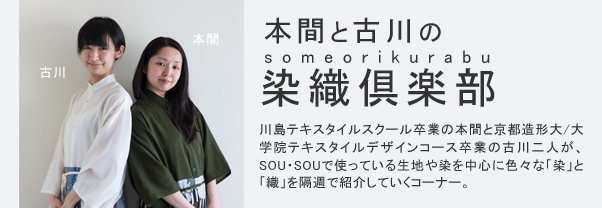 The 26th episode of the Dyeing and Weaving Club is the third installment of "Isemomen Cotton Yarn-dyed Patterns."
The 26th episode of the Dyeing and Weaving Club is the third installment of "Isemomen Cotton Yarn-dyed Patterns."
As long as we have a pattern
I would like to introduce you more.
One, a type of futon stripes.
The pattern from the Meiji to Taisho Era.
It is a pattern that was often made with a navy blue color in the past.
First timeThe pattern I let you introduce was also an old-fashioned pattern with a dark blue color,
This color scheme is what Usui created as original.
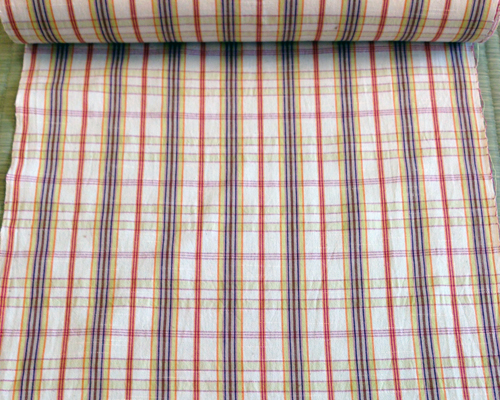 Up
Up
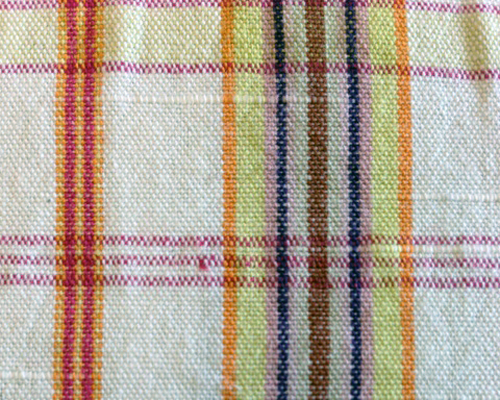 2. Half Striped
2. Half Striped
Pattern of recent years.
It seems to be a pattern made at the request from a tea of a certain tea (Sho Bunyou).
It is a modern pattern that is boldly switched in the middle.
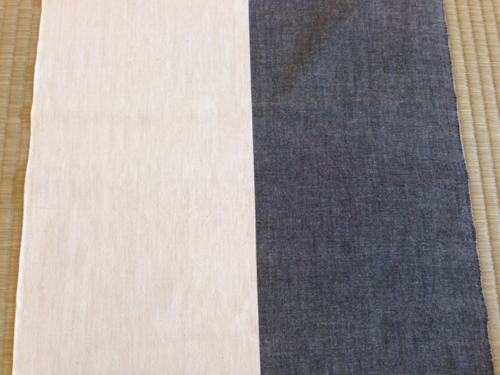 Up
Up
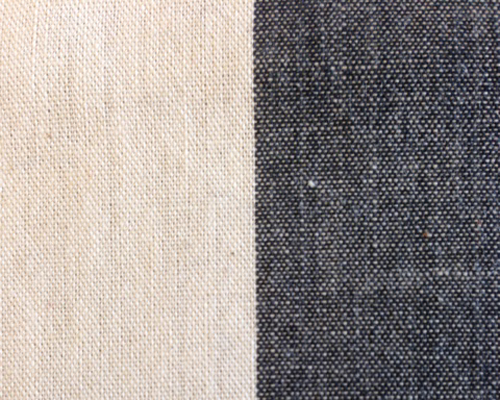 Three, a pattern made from an order from Ise somewhere.
Three, a pattern made from an order from Ise somewhere.
From the traditional brown of Isemomen Cotton (the color of monks' work clothes)
Ecru This is a gradient color scheme.
This is a pattern I made recently.
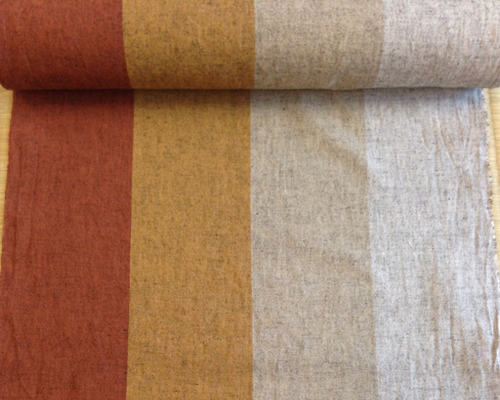 Up
Up
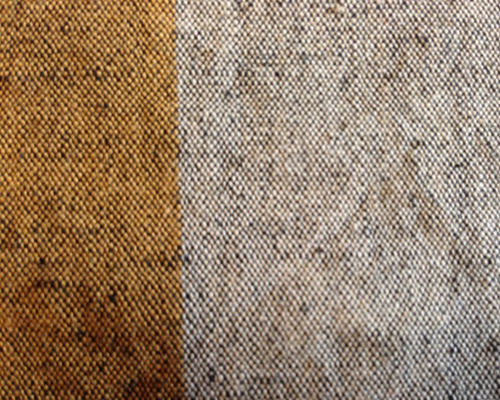 Four, bonito strip (Tokadoji)
Four, bonito strip (Tokadoji)
Edo Era pattern.
Second timeBut I was allowed to introduce you, bonbon stripes.
It was named because it seems that bonito is swimming in a flock when I looked lying down.
It features a uniform width and Striped Pattern of three colors.
The traditional color scheme is said to be Dark Blue, Greyish Blue, and light blue.
This is the one that changed the color scheme.
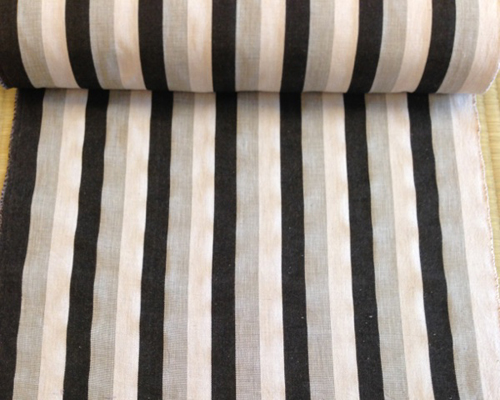 Up
Up
 Five, cotton-patterned cotton
Five, cotton-patterned cotton
Postwar pattern.
The thing is said to be an onomatopoeia of running at last.
This handle has a large cotard with a pitch of 20 cm to 30 cm
It is a nickname attached so that it seems to be chasing.
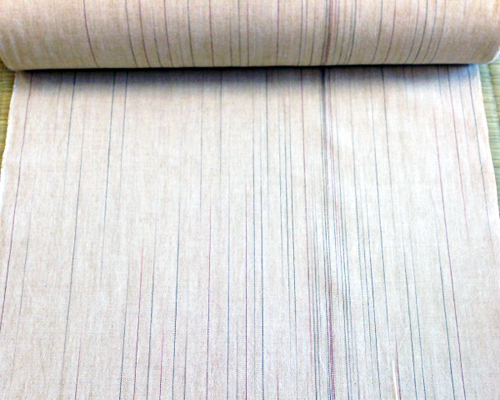 Up
Up
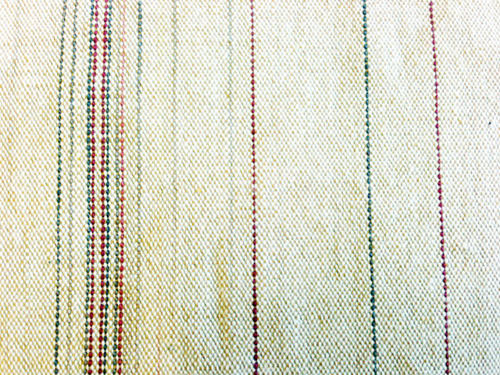 Sixth, creative pattern
Sixth, creative pattern
The pattern was originally made of silk Fabric.
It seems that cotton did not make such a pattern.
It is a pattern that Mr. Usu invented and created about ten years ago.
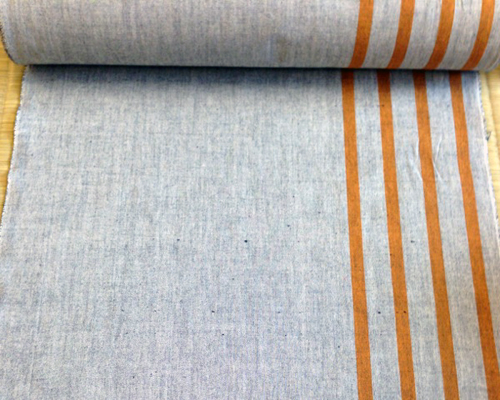 Up
Up
 The pattern that I introduced this time is relatively new.
The pattern that I introduced this time is relatively new.
While incorporating not only old-fashioned patterns but also good places,
They saw Isemomen Cotton is evolving day by day.
Please continue to have a relationship with us.
- Recent articles
- Related article
Shopping Guide
Inquiries
Customer Service|12:00-17:00 ※Closed on Wednesdays and Sundays
<Address>
578-1 Nakanocho, Nakagyo-ku, Kyoto,Japan 604-8042, 3F
SOU · SOU netshop
 Info
Add as new friend
Info
Add as new friend








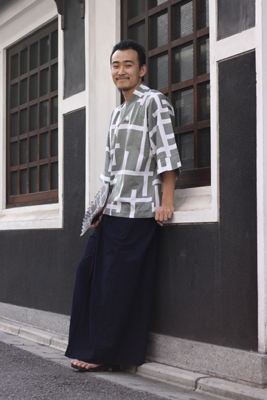

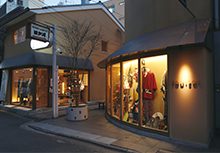
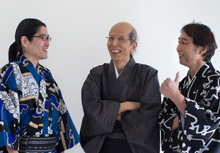
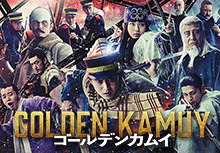
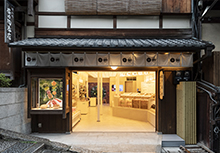

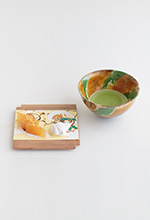
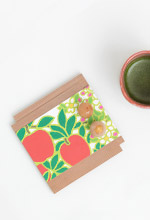
5 comments
I uploaded a woven sample book which my grandfather and my father produced, until the Meiji, Taisho and Showa at my home. I would like to see those of SOU · SOU staff. If you can communicate the date and time, we will bring it.
Today, on the afternoon of the 21st, I showed the images of the weaving sample book to Homma-san of Someori department and conveyed the details to him. Please consider it.
Mr. Konishi
Thank you very much for coming to our store the other day.
I was delighted to see you after a long absence.
I would like to see a weave sample book by all means.
I am very interested.
When Mr. Konishi's convenience is convenient,
I would like to have you.
I am looking forward to seeing you at the shop.
Waiting for 1 hour from 4 p.m. on 24th, because the guide of the tour book tour of the weaving sample book was urgent, but nothing could be seen. However, there were Israeli couple, we were able to see the weaving sample book carefully, I was pleased. My wife was told that I had woven with thick thread of wool. They say that they are coming to study qigong. I stayed in the back of the pot in an hour. People close to 10 had Matcha and Japanese sweets. My second year is Mr. Nakanishi this time. The bubbles in the bowl were fine and beautiful. Even if I touch it many times, it will not be as fine as that.
Prior to weaving sample book, Mr. Tokuji, Mr. Honma and Ms. Nakanishi got to see it.
Seiji Konishi
I am always grateful for your help.
Thank you very much for bringing valuable weaving sample book the other day.
I enjoyed seeing you.
The tour was also urgent, but I hope the Israeli couple will be pleased and I think that it was a valuable experience in Japan.
Thank you always for your thoughtfulness.